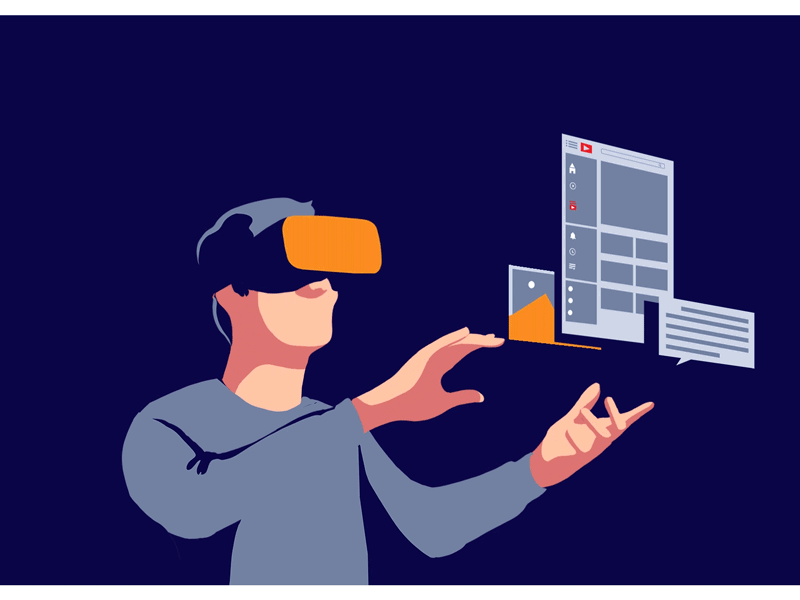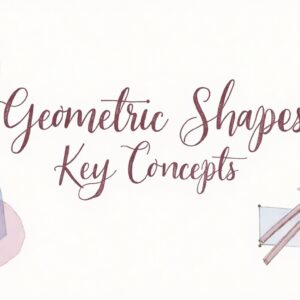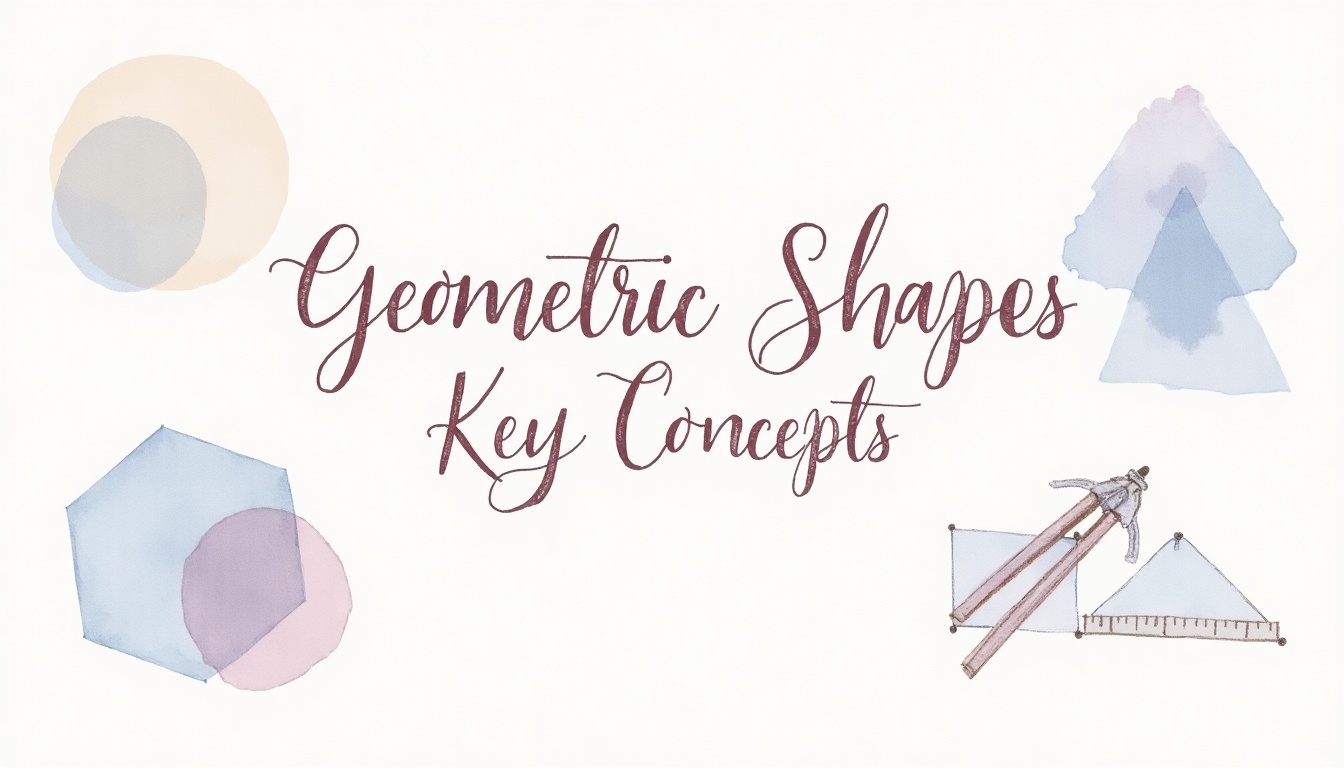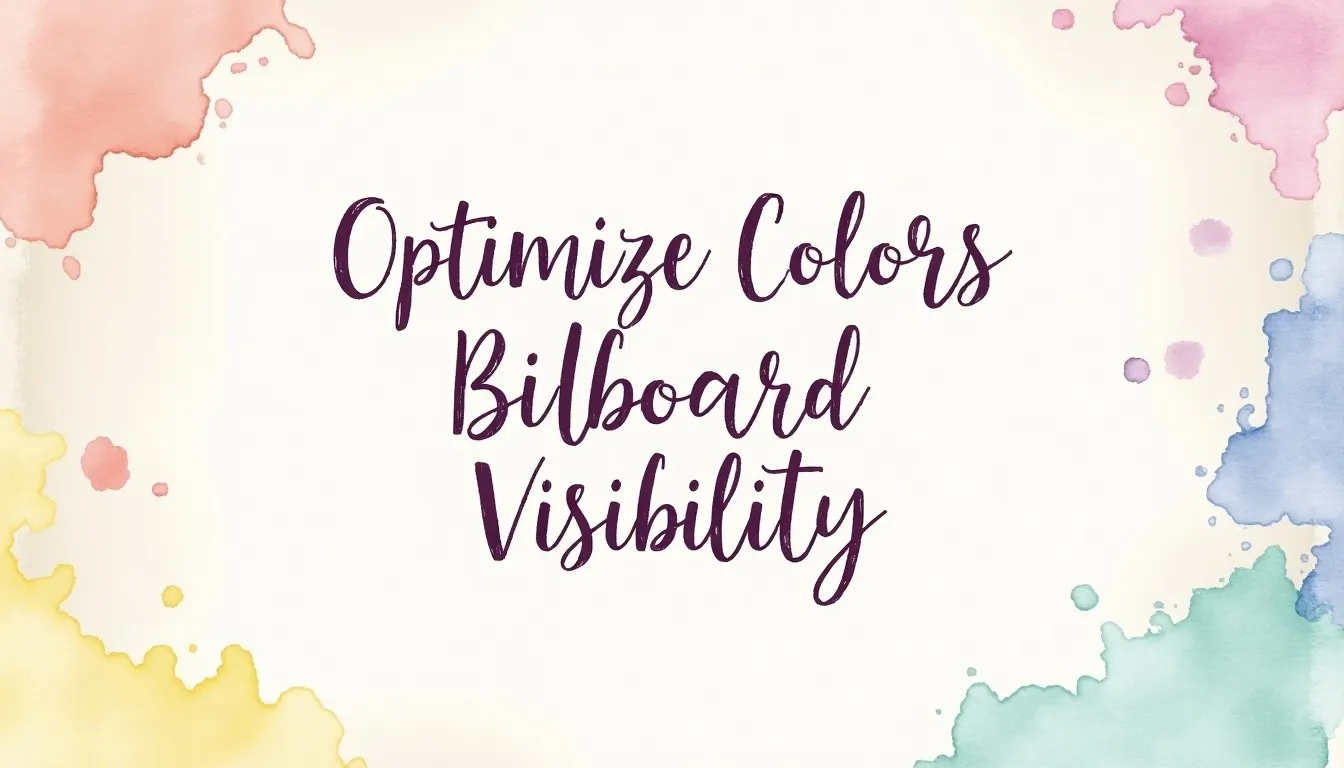Designers are excited about virtual reality because it brings a new opportunity to design for a new medium that is immersive and interactive. It is also much more feasible for designers to build VR applications as the technology has already been developed. The application of virtual reality in the graphic design industry has been around for over thirty years.
In 1987, Alexey Pajitnov invented Tetris, which was the first significant video game that made use of VR technology Graphic designers have started to rethink their designs in order to fit within these new rules and frameworks of designing for a virtual world. Graphic designers can now create 3D objects with 2D software such as Adobe Illustrator and then bring them into VR using CAD software like Blender or Unity3D.
With the release of virtual reality, graphic design has been revolutionized in a way that it has never been before. With VR, graphic designers can experience their designs and check for errors as they are being created.
They can also create content for brands that have yet to release their VR products. It is also important to note that every aspect of digital marketing is changing with the introduction of virtual reality. This includes video production, web design, social media management, and more.
Virtual Reality (VR) is quickly becoming a part of our everyday lives thanks to improved technology and accessibility into the realm of VR devices such as headsets like Oculus Rift which was released in 2016. As people engage with VR content more often, there will be an increase in demand for better design experiences on a variety of different platforms from apps.
What is Virtual Reality?

Virtual reality is a digitally-generated simulation. Virtual Reality is a computer-generated artificial environment that can be explored and interacted with through technology. The experience of virtual reality is created by systems built with software and hardware, with a headset acting as the display Virtual reality is an immersive 3D experience that replicates reality.
It is not simply images on display screens but also the ability to feel and interact with virtual worlds in real time with your own body. The first virtual reality headsets were introduced in the late 1970s.
Since then, advances in VR hardware have helped to advance its development. Also to improve its quality significantly Virtual Reality has been used for many purposes, from gaming (such as military training). In architectural and construction design and other fields such as medical education.
Virtual reality is usually accomplished using special software on personal computers or by using devices such as the Oculus Rift, HTC Vive, or PlayStation VR. Other systems use 3D stereoscopic displays motion tracking systems and omnidirectional treadmills with position tracking to provide a more immersive experience.
How is Virtual Reality helpful for Graphic Designers?
VR has changed the way designers work. They now have to create content for a platform thars not yet mature and doesn’t have an established design language. For graphic designers, a lot of their skillset are now obsolete. It used to be that when you needed to design something you would sketch it out on paper. Then use photoshop or illustrator to create your final product.
Now, with VR there is no paper or computer screen anymore. So designers need new software for creating engaging imagery and blending 20 artworks with 3D objects. This shift in technology has created a bottleneck in the market.
Just for creative professionals who need to learn how to use these new tools. Not only do they need visual skills but they also need strong interpersonal skills which are required when working in teams.
With the rise of virtual reality, graphic design has changed significantly. Content creators are using new design methods and tools in order to create compelling experiences for VR users.
Graphic designers need to be creative and innovative in order to make their designs appealing. They also need to be able to think outside of the box since it’s not all about traditional design anymore.
Virtual reality can provide a unique experience that cannot be replicated by traditional means. When content creators implement VR into their campaigns, they can create a new level of engagement with their audience.
Why do you need a Graphic Designer in the era of Virtual Reality?
Virtual reality is a new medium that has expanded exponentially. A designer is needed to create the world that the user will be immersed in. You might wonder why you need a graphic designer in this era of VR. There are two reasons for this, immersion and presentation.
In order to make your virtual world immersive, a graphic designer can design 3D models and create special effects for them. They can also handle the layout of your project and adjust it accordingly. To present your projects, they can work with different types of graphs and charts as well as media files like videos, images, text files, etc.
The advent of VR has encouraged many companies to utilize designers who specialize in 3D modeling and graphic design skills. In order to create truly immersive virtual worlds with special effects and presentation elements.
Virtual Reality has come a long way from the days when it was mostly used for gaming. Today, VR can also be used as an interactive and immersive form of storytelling that captures the emotions of the viewer.
A graphic designer is often required to create realistic-looking worlds and characters for VR projects. In order to make sure that everything looks as realistic as possible.
Conclusion
With the advent of VR, an era of new graphic design opportunities has been created. The new era has offered designers a chance to rethink the way they use space and elements like lighting, color schemes, and typography. Graphic design in the VR era just not limited to its traditional forms and tools.
Virtual reality devices allow for a more immersive experience for consumers. They also allow for interactive experiences more lifelike than anything that we have seen in the past in this era of digitalization.
Graphic designers are not only needed but also find benefits in staying relevant in multiple industries. They needed more than ever before to create content for different platforms like e-books and online advertisements.






















